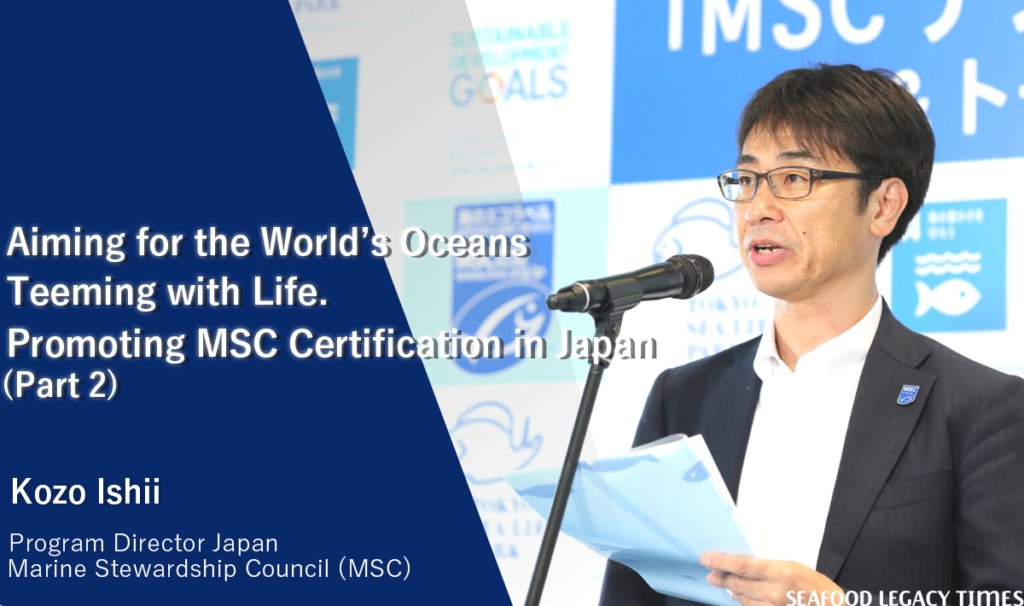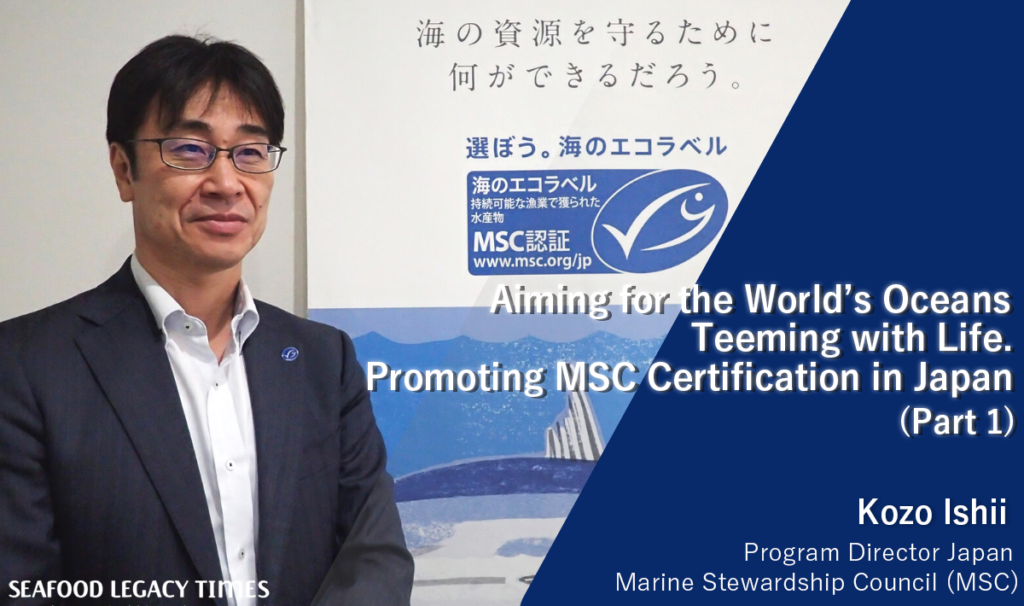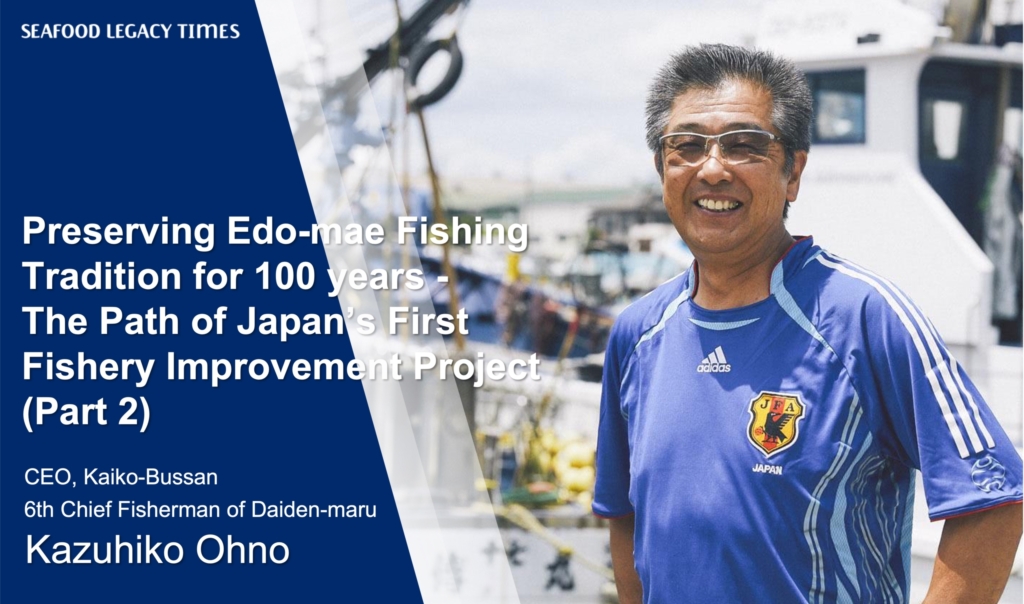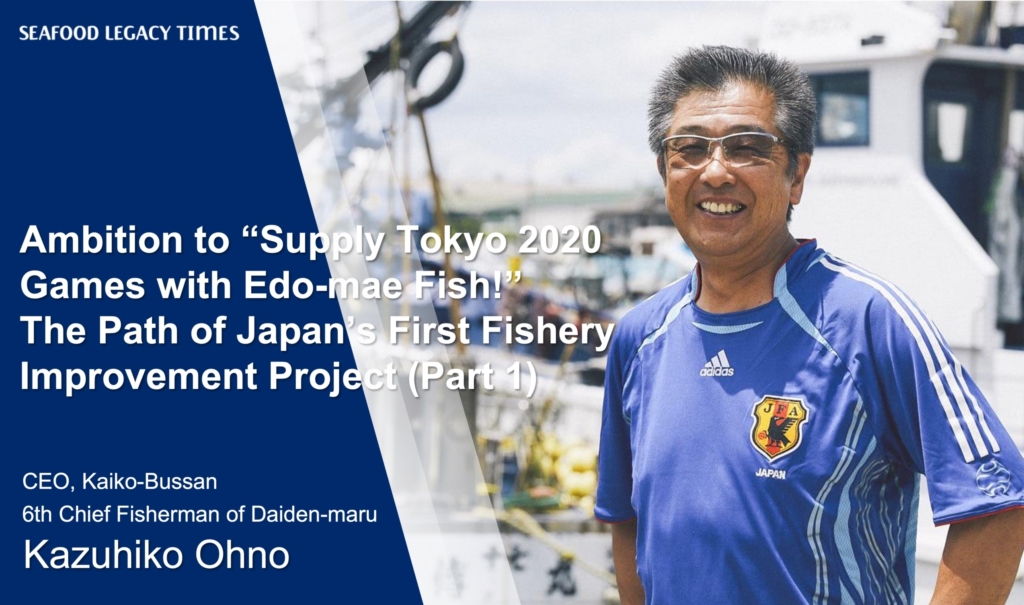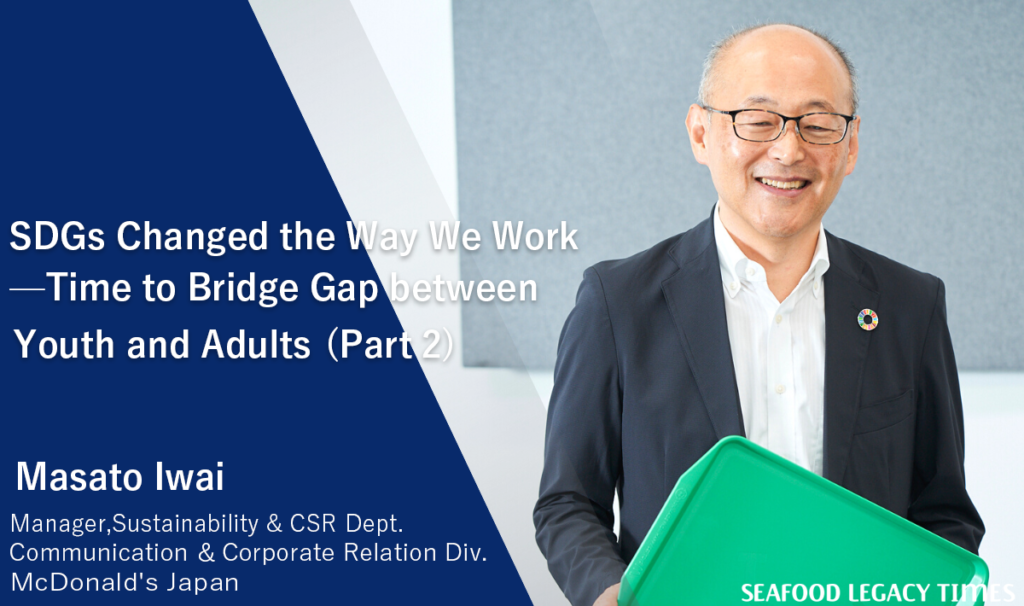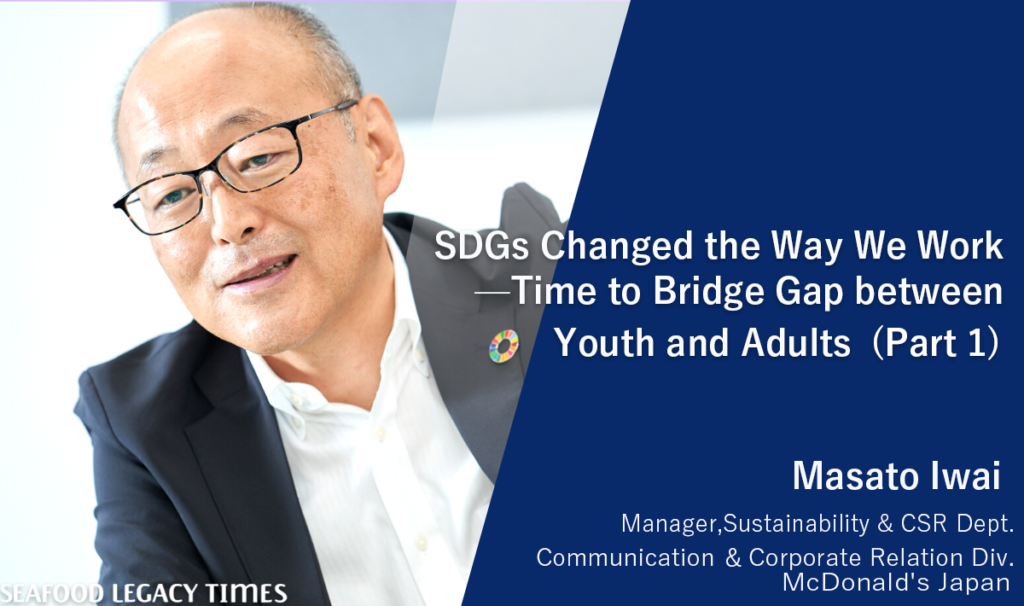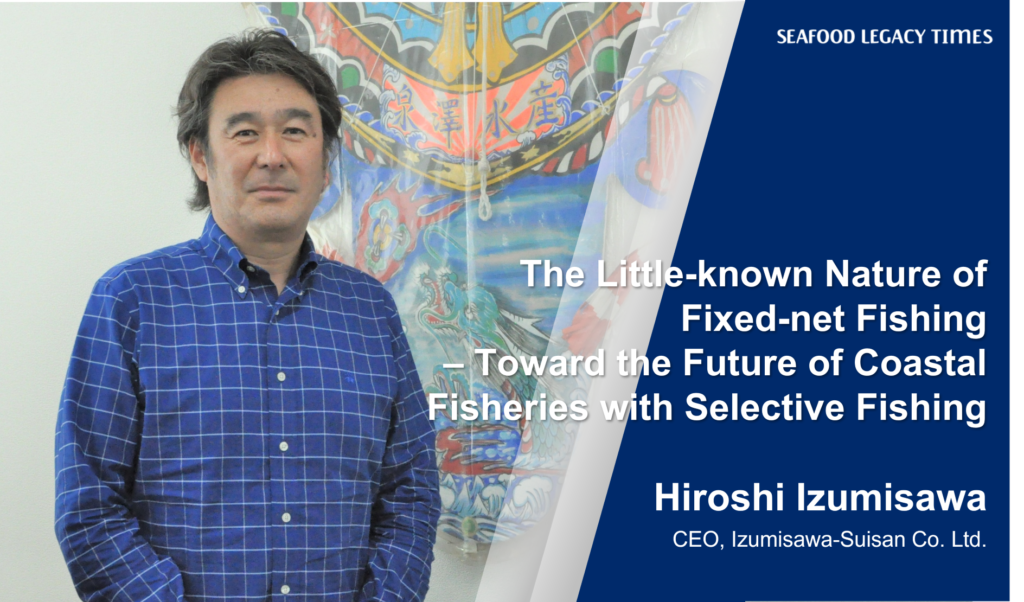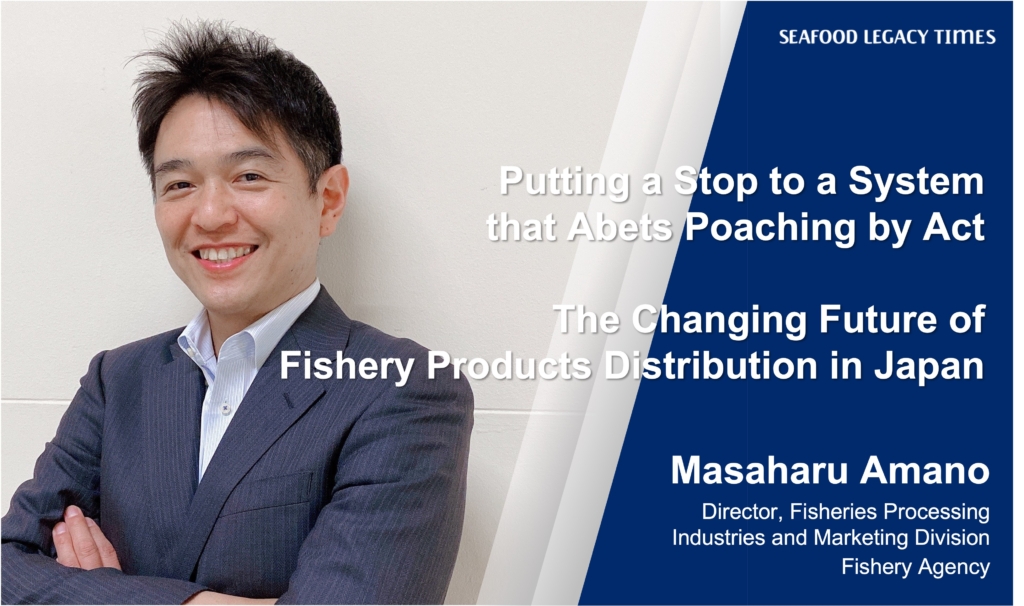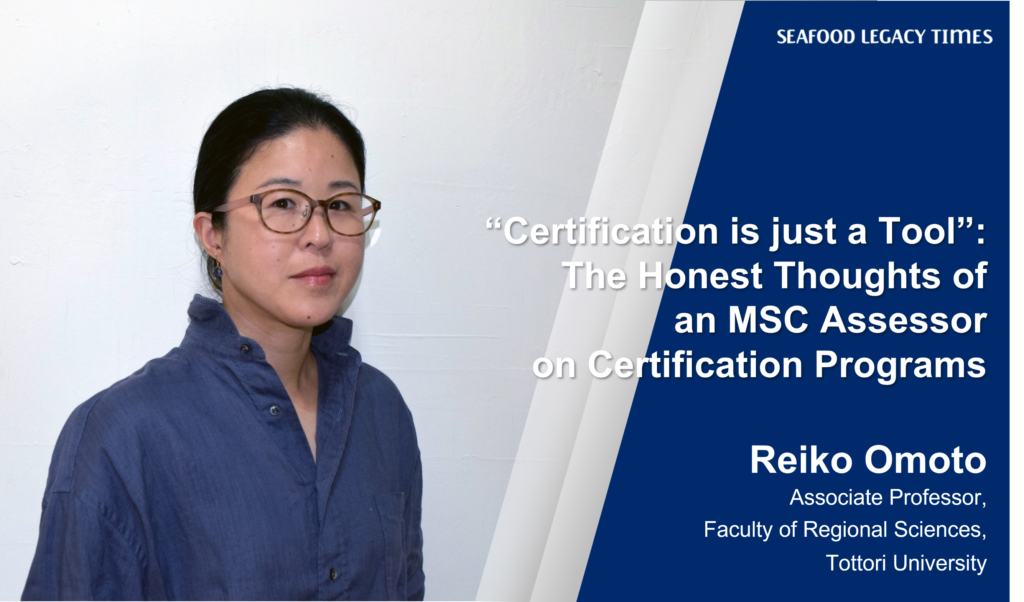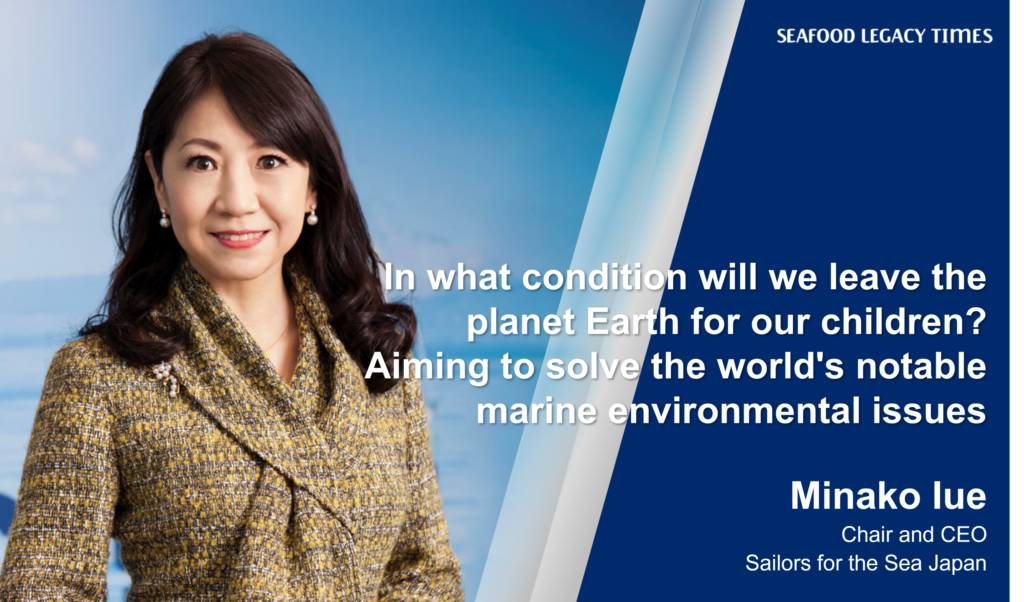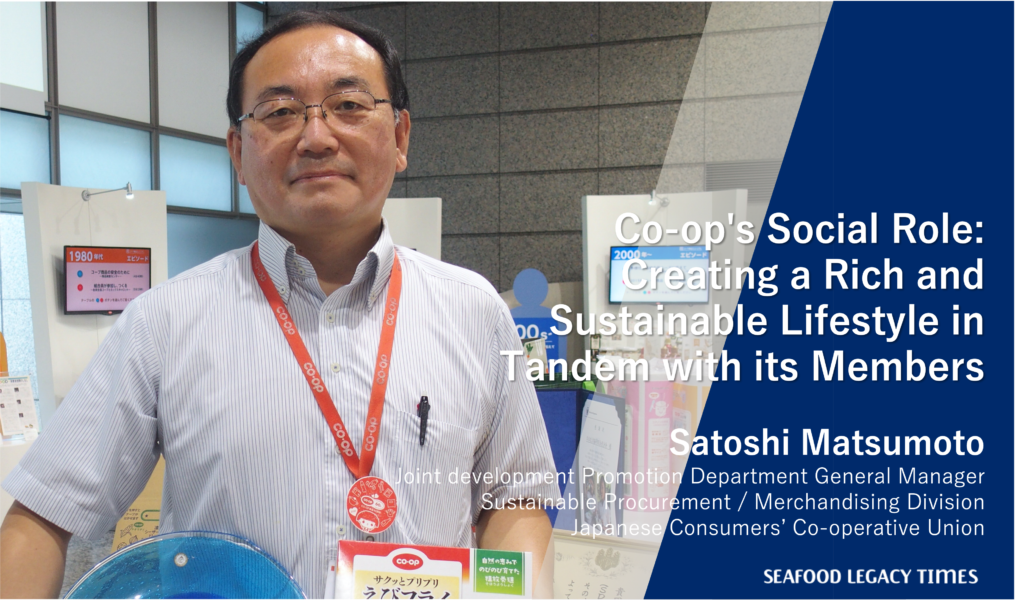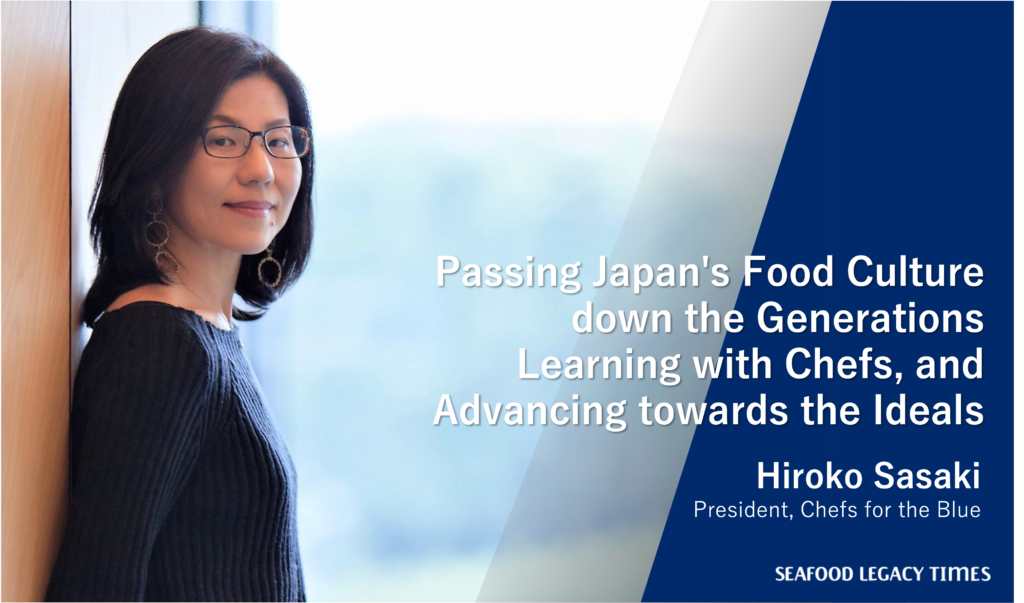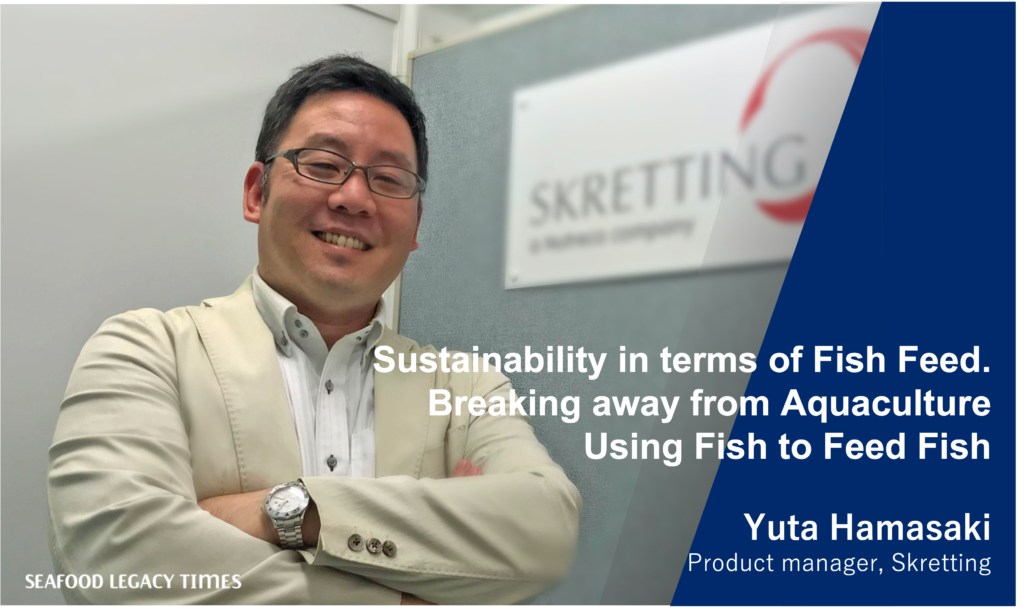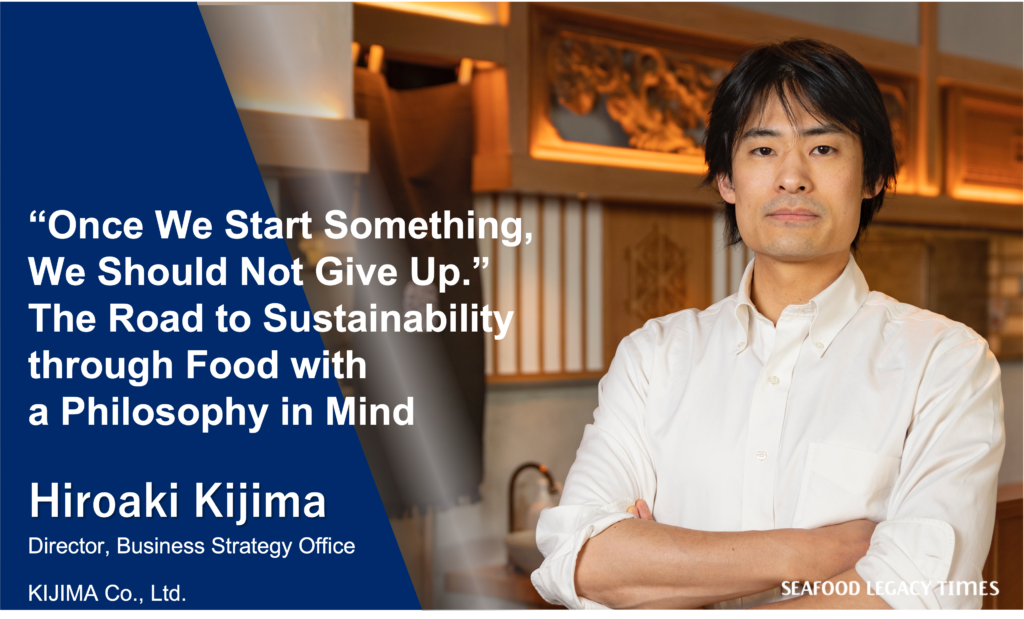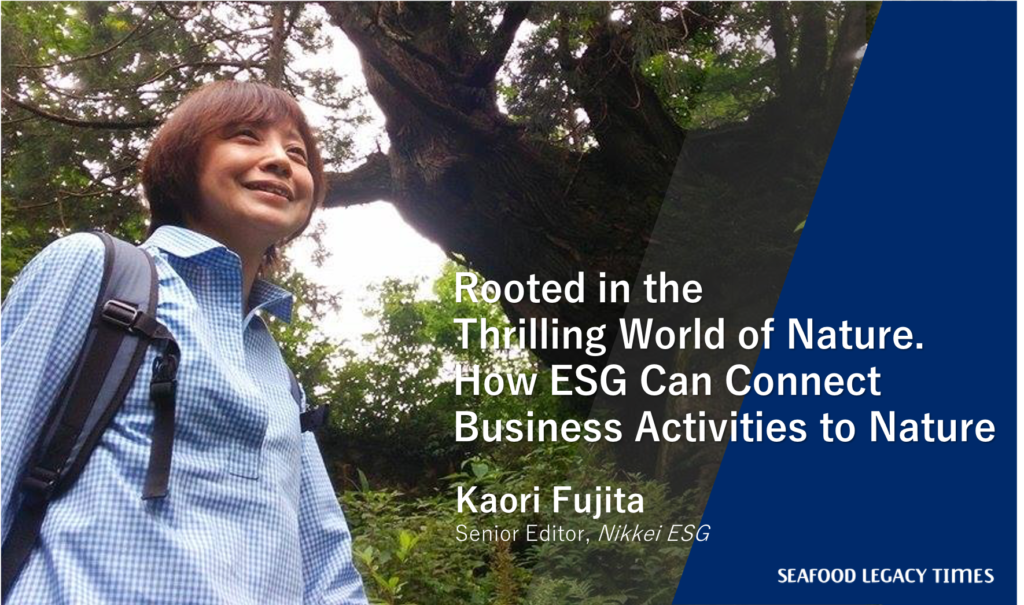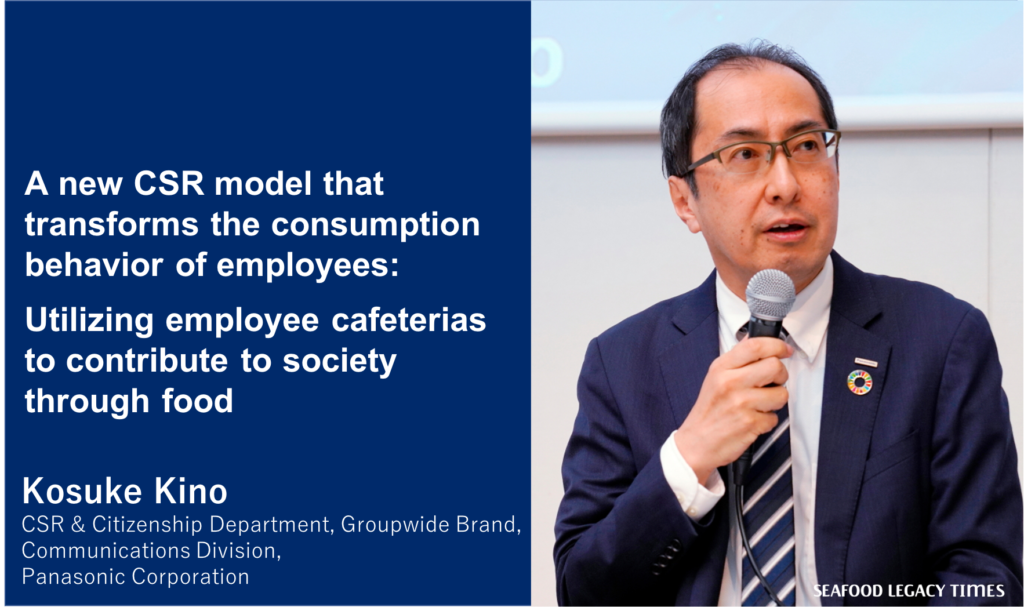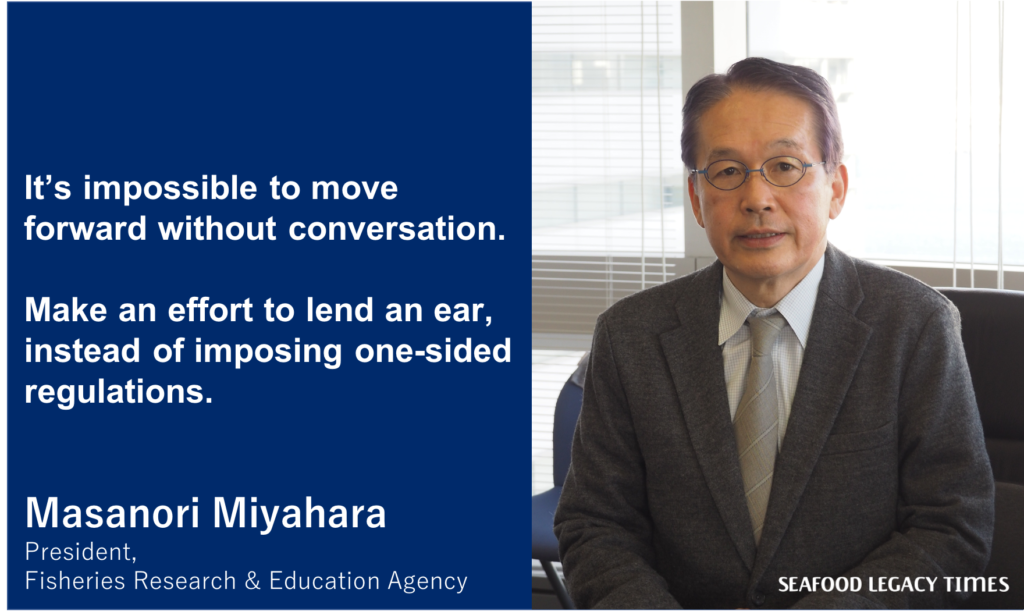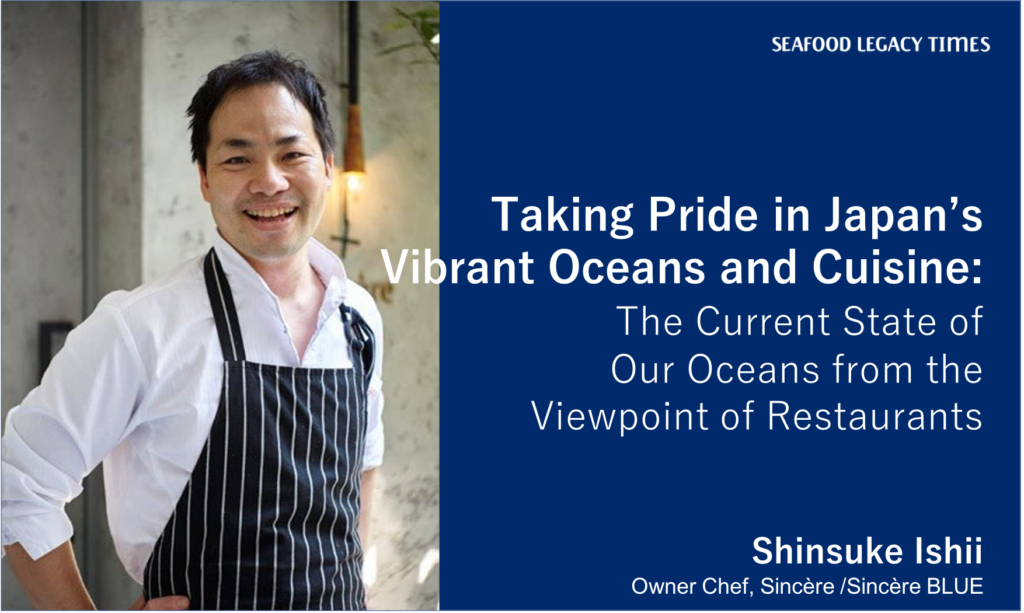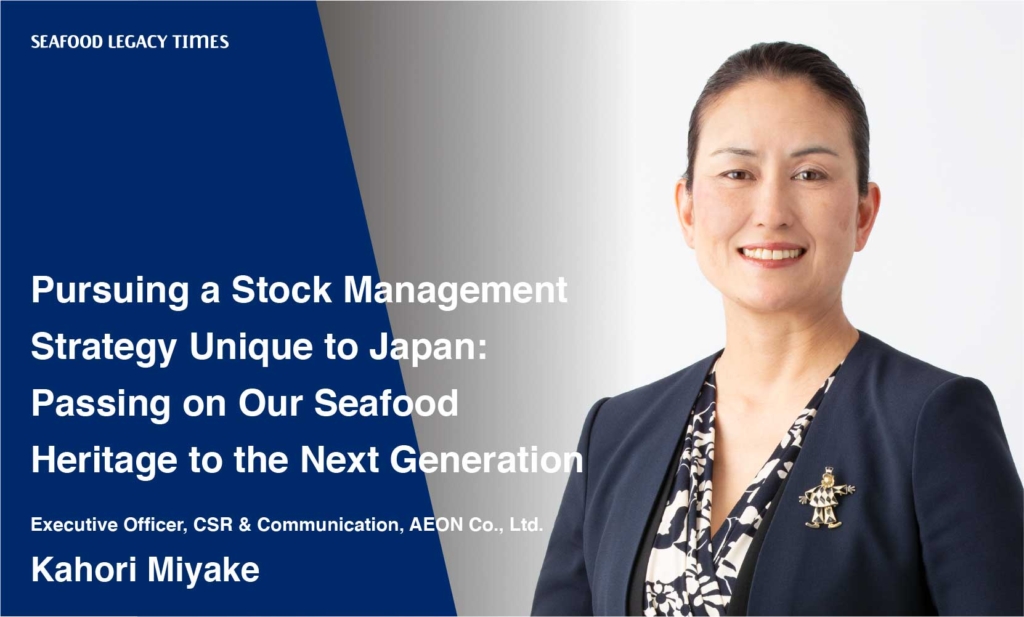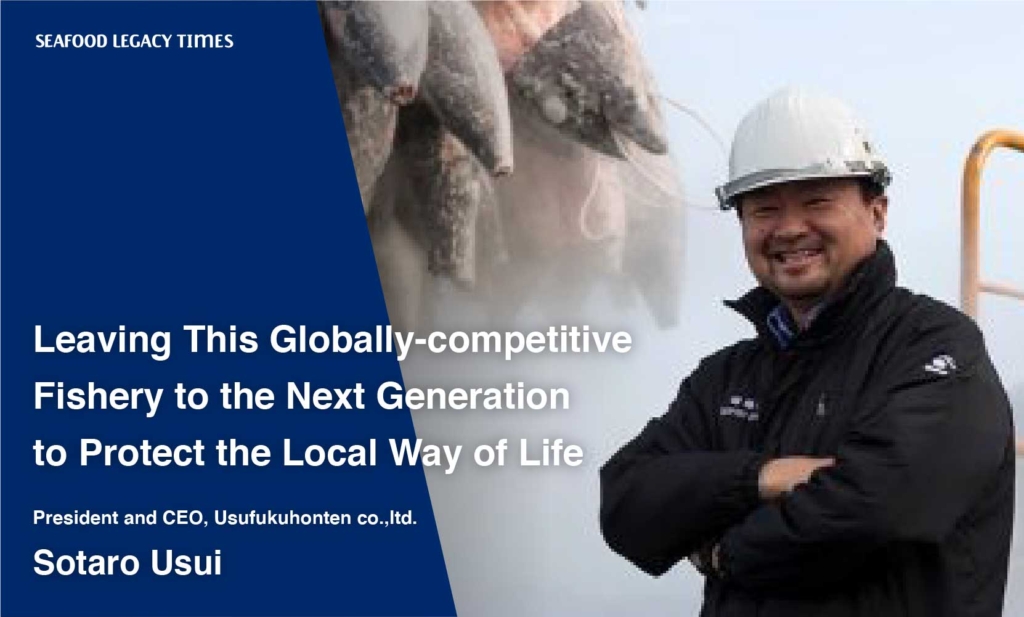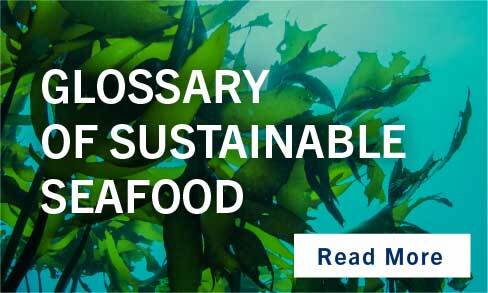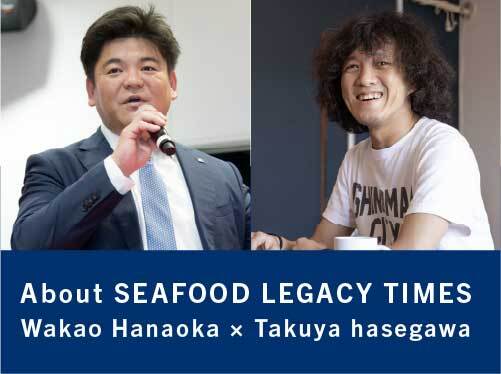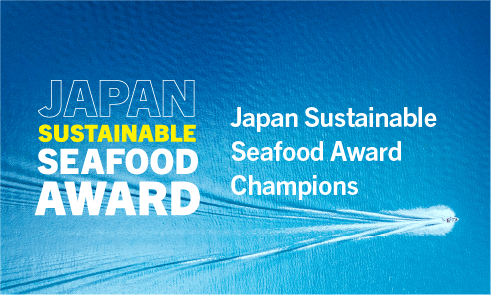

In Part 2, we will delve into the details of his research on fixed nets, what he has learned from it, what he believes is essential for the survival of Japan’s fisheries industry, and his vision for their future.
——Could you tell us about your research on fixed nets?
My research aims to use fixed nets to selectively catch target fish species, such as yellowtail and sea bream while avoiding small bluefin tuna that weigh less than 30 kilograms. The question of how to ‘avoid’ small bluefin tuna and how to ‘catch’ them are two sides of the same coin. We are trying to quantitatively understand the mechanism of how small tuna enter the fixed nets.
Our research method applied tiny “biotelemetry” devices that transmit sound waves. Twenty of these devices were attached to the fixed nets and sent out sound waves every 60 seconds, which were received by receivers placed around the net. By applying this methodology, the shape of the fixed net underwater can be monitored and mapped out. We then released fish attached with a device that sends out sound waves every second. Finally, we observed how the fish swam in and out of the fixed nets by experimenting with several shape patterns of the fixed net. As a result, 1,800 hours of data were collected, which I am currently analyzing as a doctoral student at the Graduate School of Tokyo University of Marine Science and Technology.
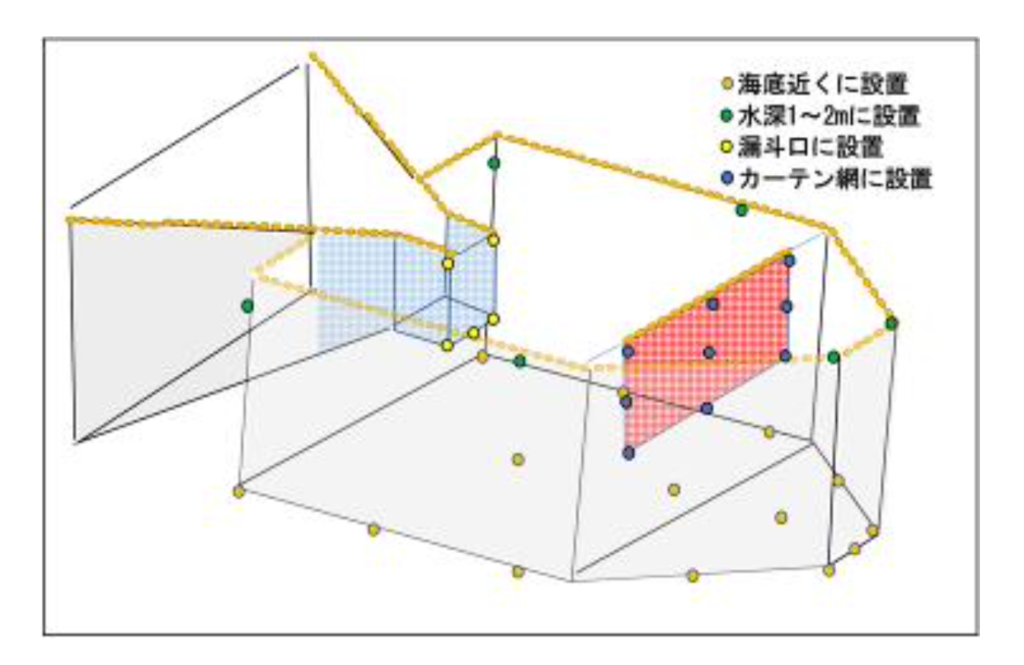 Ultrasonic transmitter installation locations
Ultrasonic transmitter installation locations
——What kind of difficulties did you encounter in doing your research?
The research was carried out as a project of HORIEI Corporation, using a large-scale fixed net. Large-scale fixed net usually costs around 200 million Japanese Yen per set*. Using such expensive equipment for testing purposes rather than catching fish was unheard of. It would have been impossible without the support of President Horiuchi and the collaboration of the company’s fishermen.
——What have you learned from analyzing the data?
I’ve already presented these results at an academic conference, but the analysis, first of all, revealed the distance at which small bluefin tuna recognize the net (the breadth of their eyesight). Knowing their eyesight, we can understand how the fish enter and exit the fixed nets or stay inside them. This information also allows us to estimate the optimal width of the funnel-shaped entry point, which is where the fish enters the fixed net.
At night, small bluefin tuna wander into the fixed nets as their visual field is limited to perceive the nets. As dawn breaks and sunlight increases, they become trapped inside the fixed nets as they stay away from the netting which they are now able to see. The entry and exit of the fish increase on days when the sea water is murky, as their visual field becomes limited.
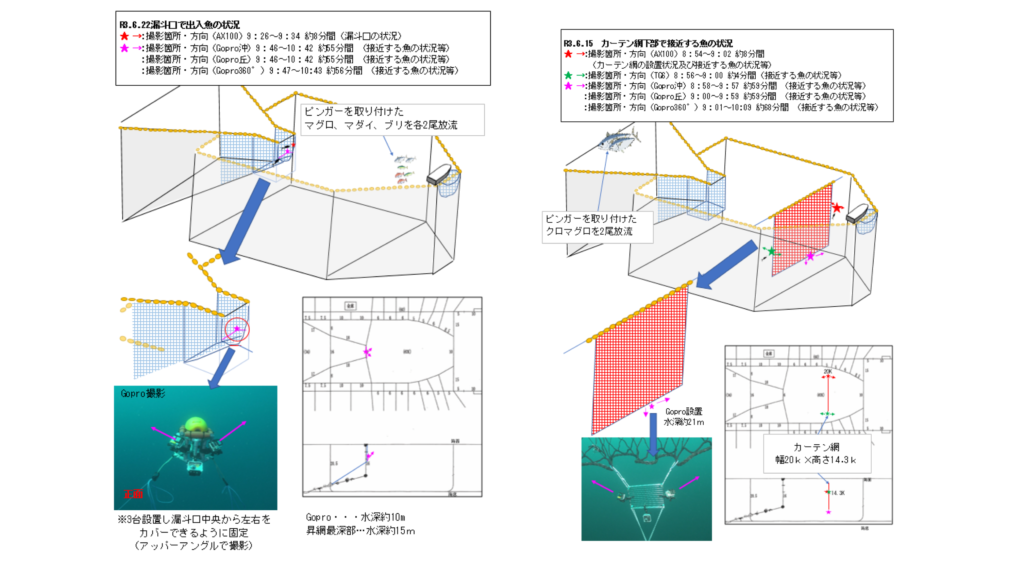
These findings may appear to some fishermen as interesting but as common sense. However, this mechanism was not scientifically discovered until this research was conducted. By widely sharing this information, I hope it will give some clues to the fishermen on improving their fixed net structure and allowing them to catch the kind of fish they want, whenever they want to. For this reason, I intend to continue publishing the findings which may come out from our research.
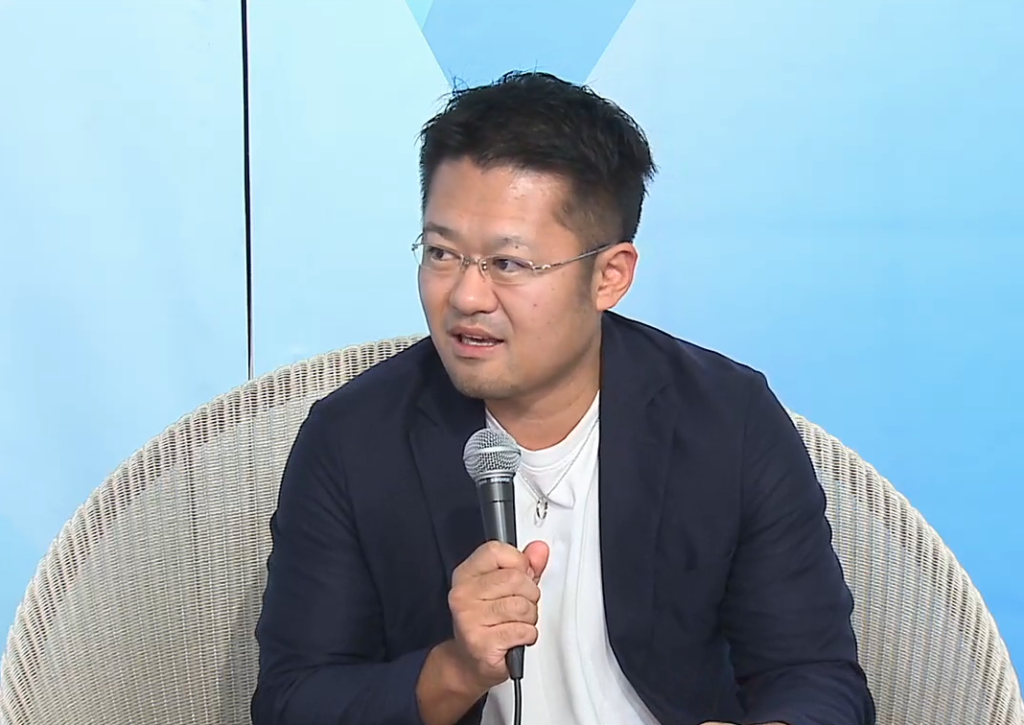 At TSSS 2022 (Tokyo Sustainable Seafood Summit 2022)
At TSSS 2022 (Tokyo Sustainable Seafood Summit 2022)
——What can fisheries businesses do to sustain Japan’s fisheries?
As the global environment undergoes significant changes, we must adopt fishing methods that minimize environmental damage. I am also involved in the sea-based salmon farming business at Japan Salmon Farm. Land-based salmon farming requires energy to pump and cool water. Here in Aomori, where the seawater temperature is low and suitable for the salmon’s ecology, farming salmon in the ocean with nets is more environmentally friendly. It also makes more sense to produce salmon locally than importing them all the way from far away countries; such as Norway or Chile by planes and emitting large amounts of CO2. An even better way must be managing fish stocks and catching fish directly from the ocean.
Finding practices that suit each fish’s ecology and catching fish locally definitely reduces environmental impact. I believe this should be our core mindset. To do so, we need more basic research to understand fish ecology. I hope fisheries companies could invest more in such research. Just as we gradually understand the mechanism of fixed nets, we should be able to scientifically elucidate the mechanism of fish ecology and fluctuation of stock abundance.
——Finally, please tell us about your future plans.
My current goal is to receive my doctorate degree. That will be important for convincingly explaining how fixed nets can selectively catch the fish we want and communicating the need for low-impact fisheries that match fish ecology. I understand that there is more trust in doctorate degree holders outside of Japan. With a doctoral degree, I hope I could secure funds by explaining the need for basic research.
Fish are extremely significant and rare resources that can replenish themselves naturally if we avoid overfishing them. We, humans, should not try to control them but instead benefit from them by borrowing nature’s power, just a little bit. To do that, we need to understand the ecology of living things and maintain sustainable fishing methods such as fixed nets.
Hideki Noro
Born in 1984 and was raised in Aomori Prefecture, Japan. Earned Master’s degree in Marine Science at Tokyo University of Marine Science and Technology in 2009. Joined the Aomori Prefectural Government as a fisheries engineer and was in charge of licensing and regional marine science research. Transitioned to Aomori Kaisan Co., Ltd. in 2014, where he has been in charge of processing and selling seafood products. Together with the parent company HORIEI Corporation, established the practice of tuna nerve removal and led the research on tuna with other research institutions. Also involved in establishing Japan Salmon Farm Co. and owns extensive knowledge and experience in fisheries, aquaculture, processing, research, and government.
Original Japanese text: Shino Kawasaki









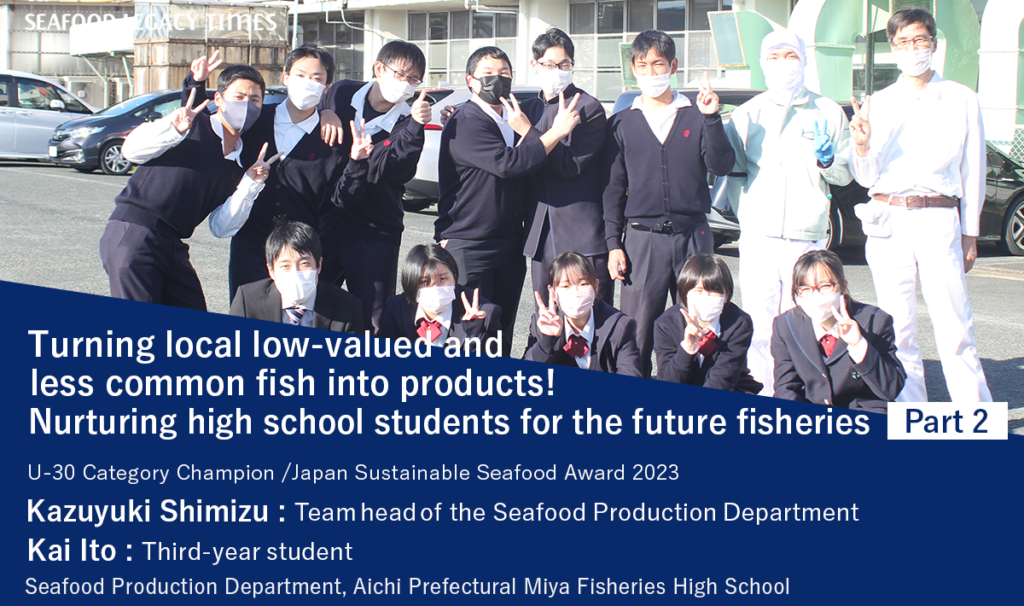
-1024x606.png)


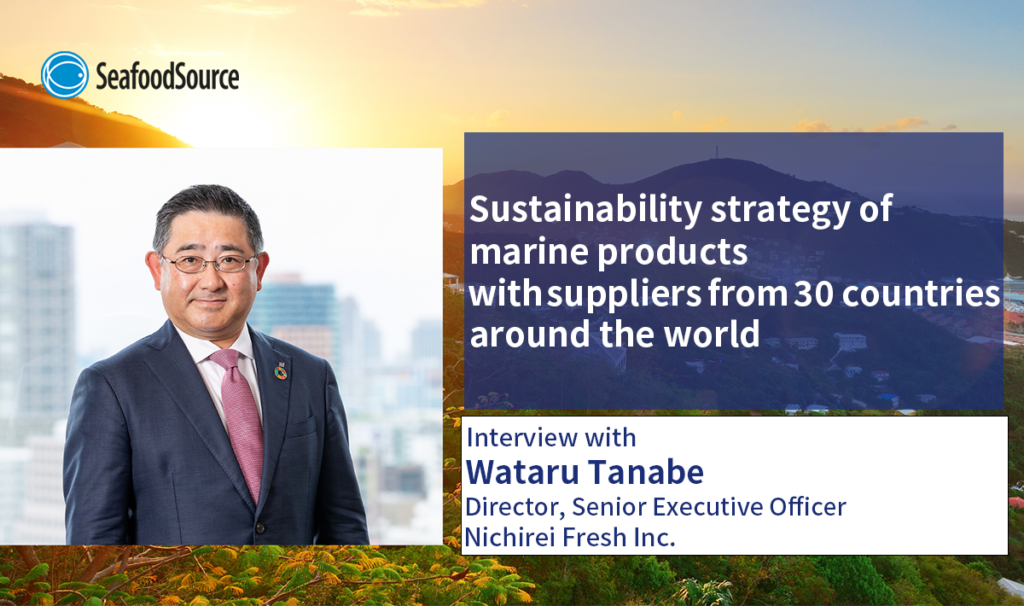
_-1024x606.png)

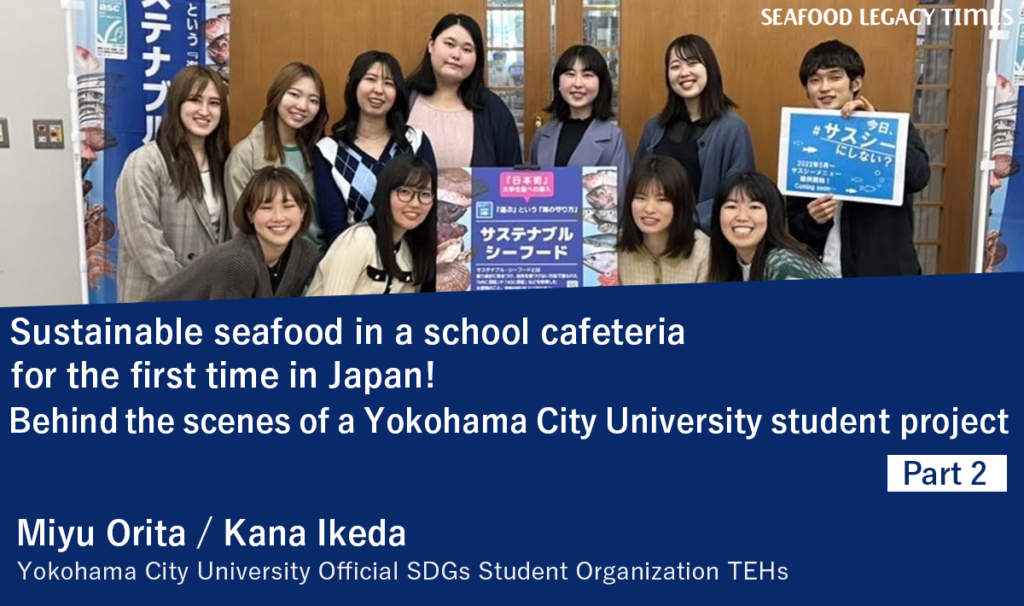
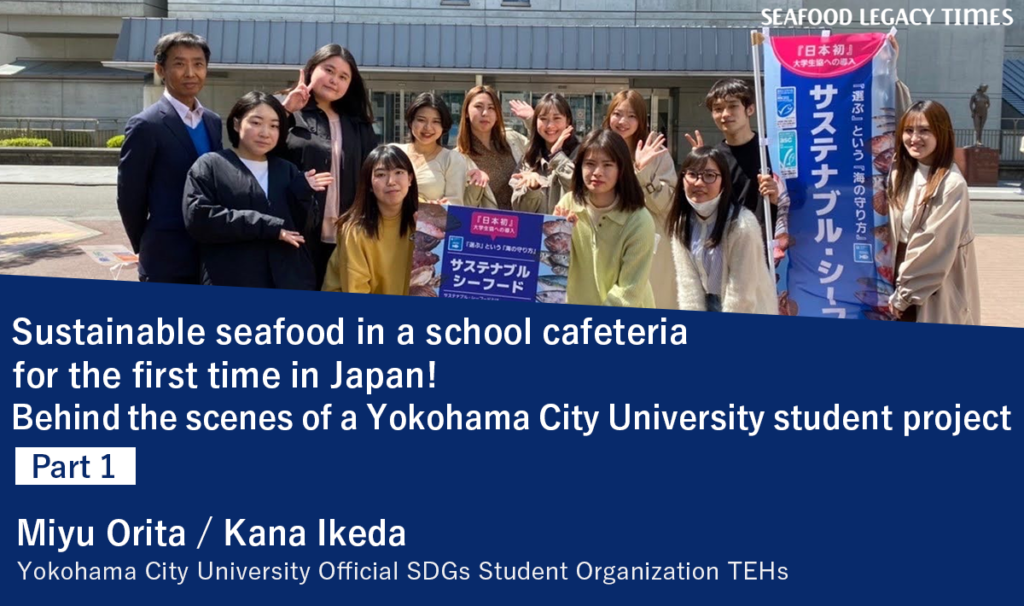



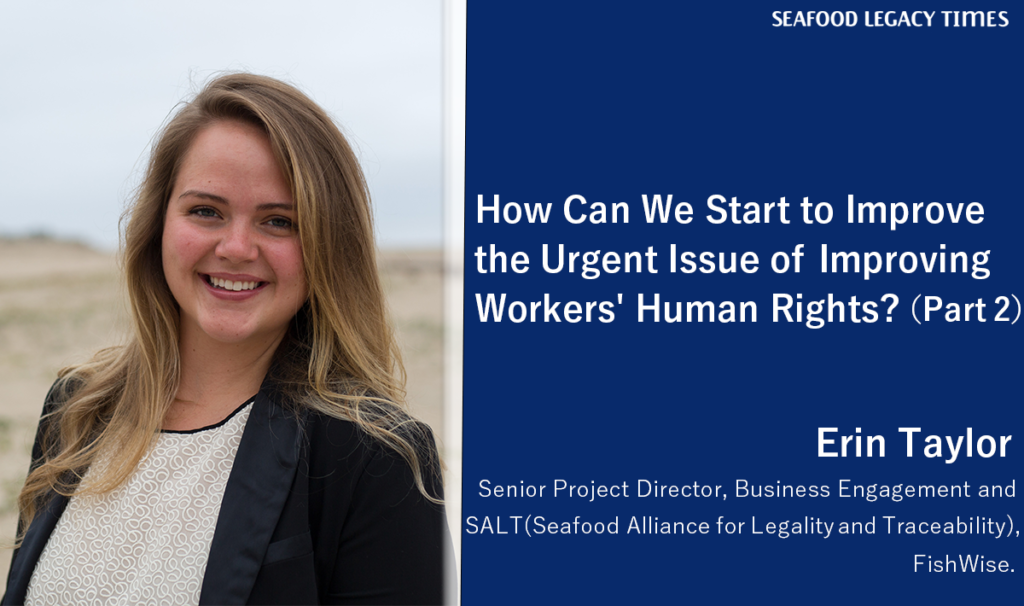
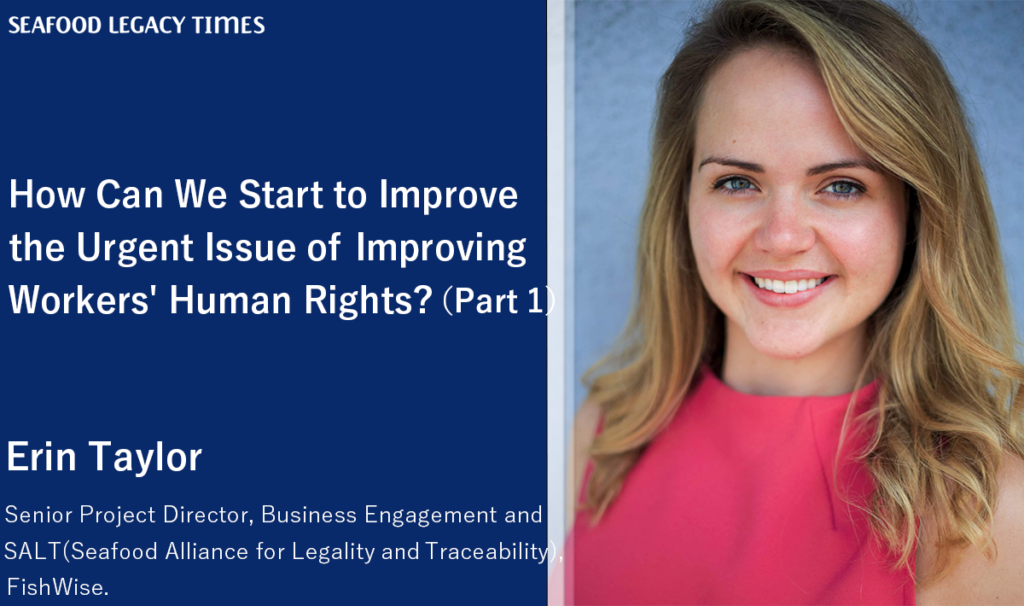
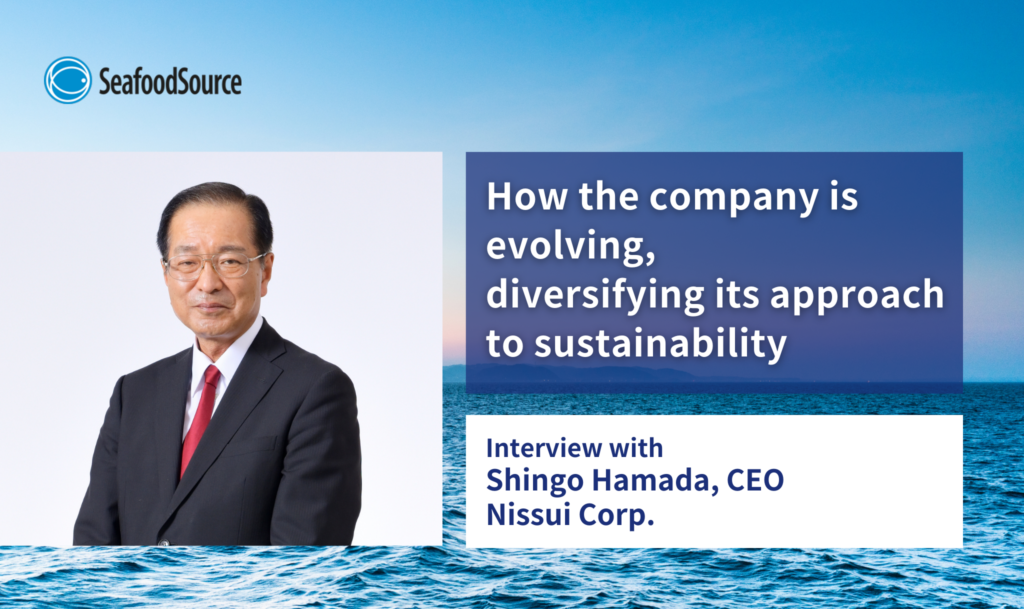




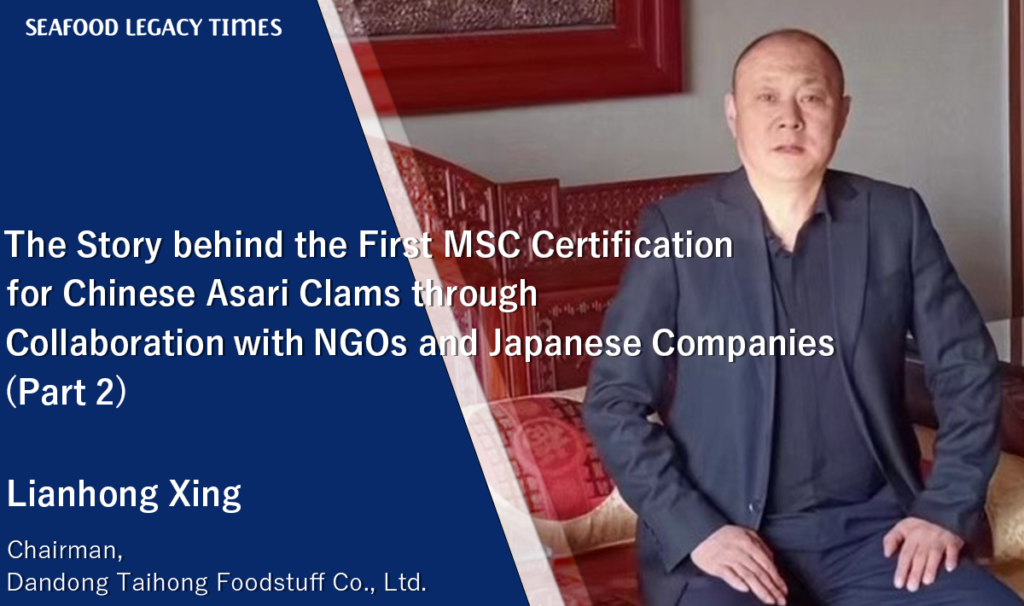
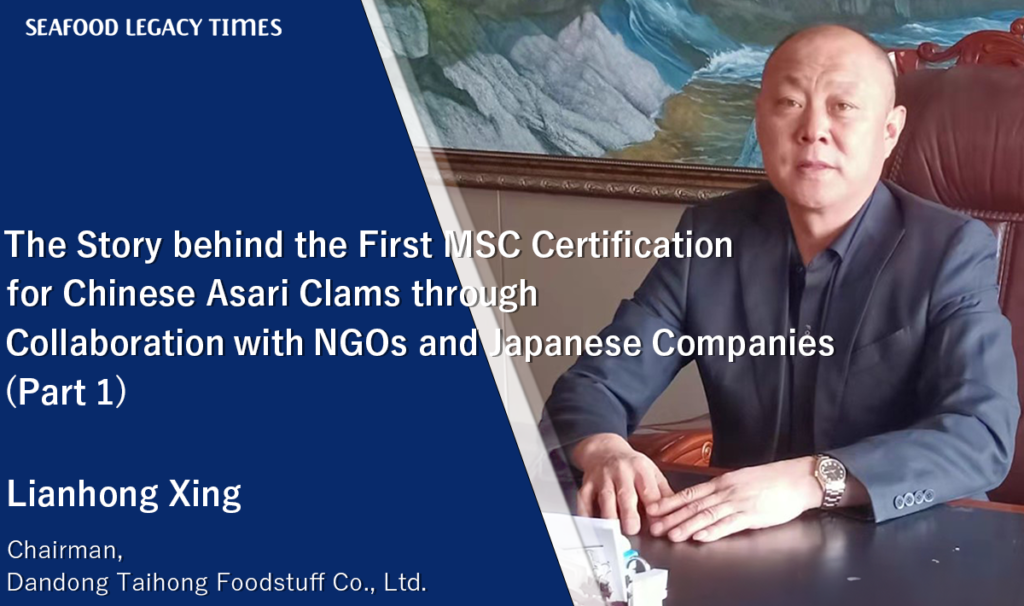



1_修正524-1024x606.png)


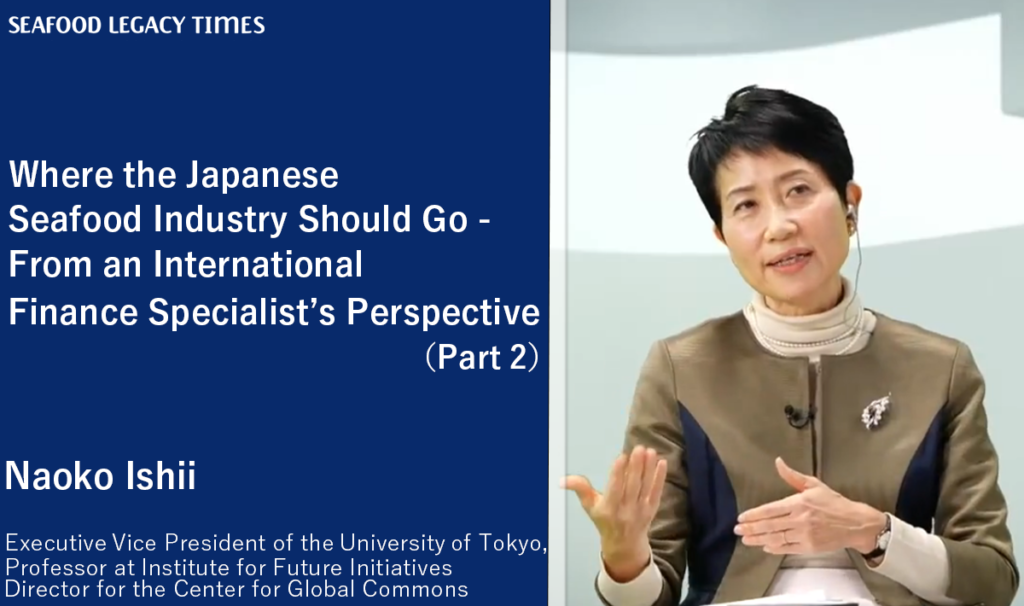







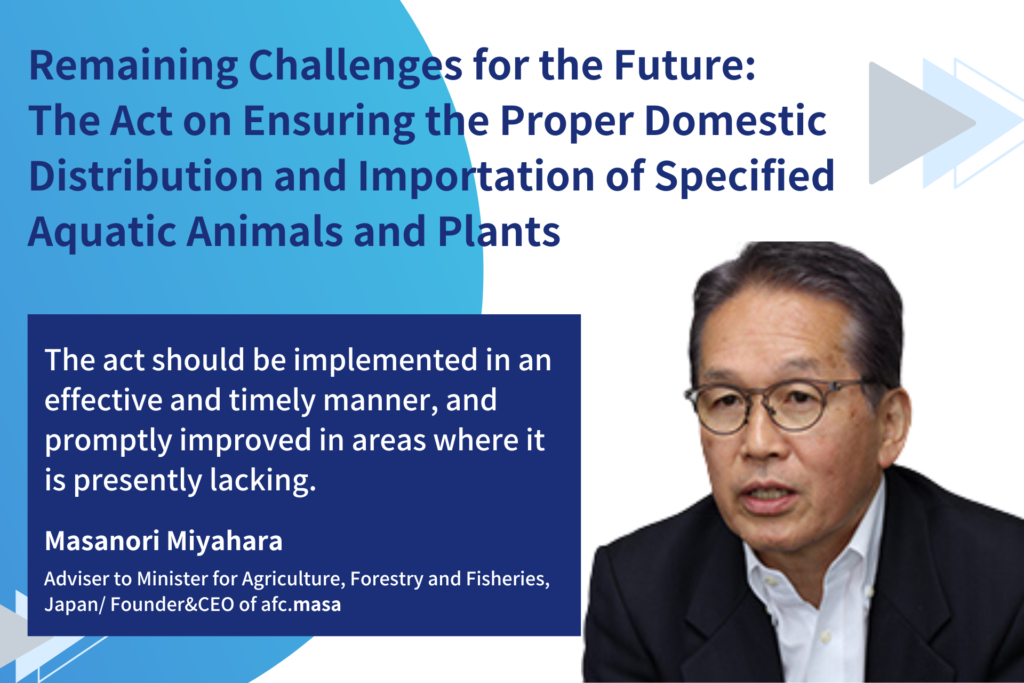
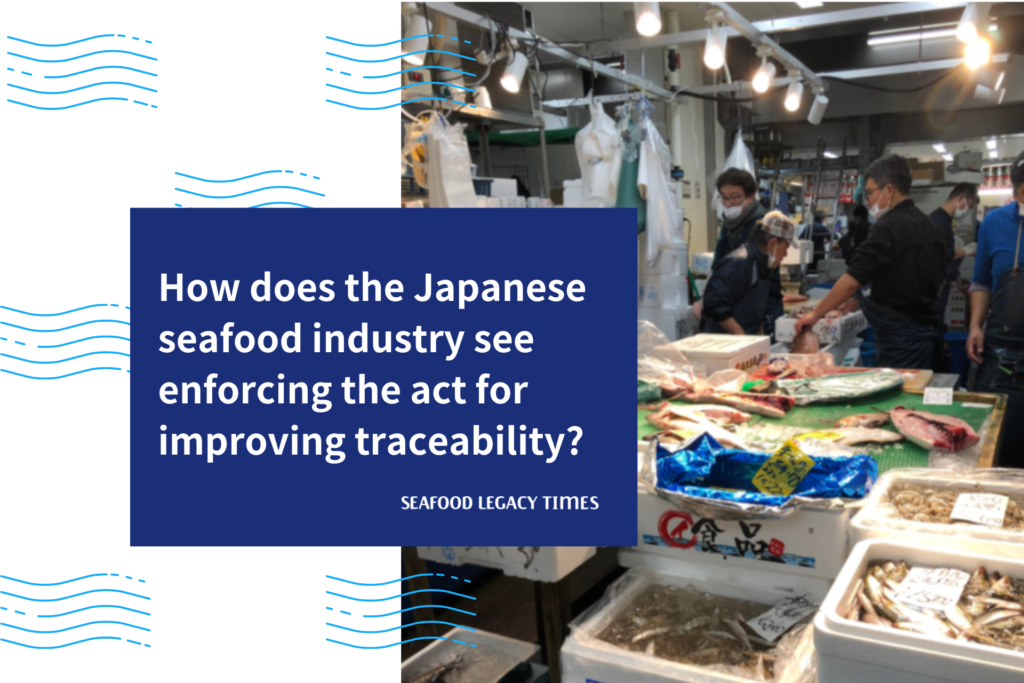



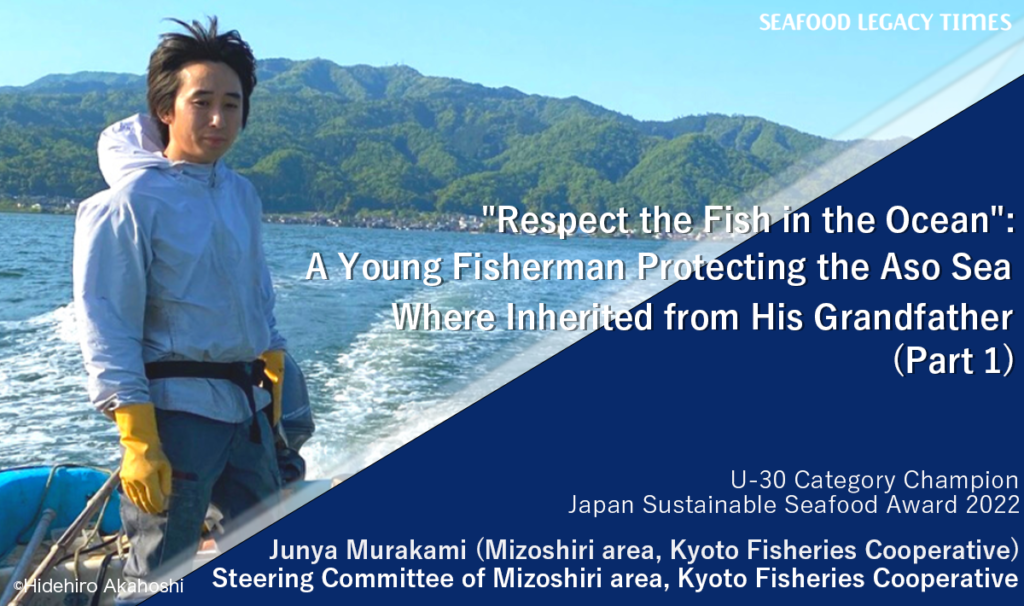
.2-1024x606.png)
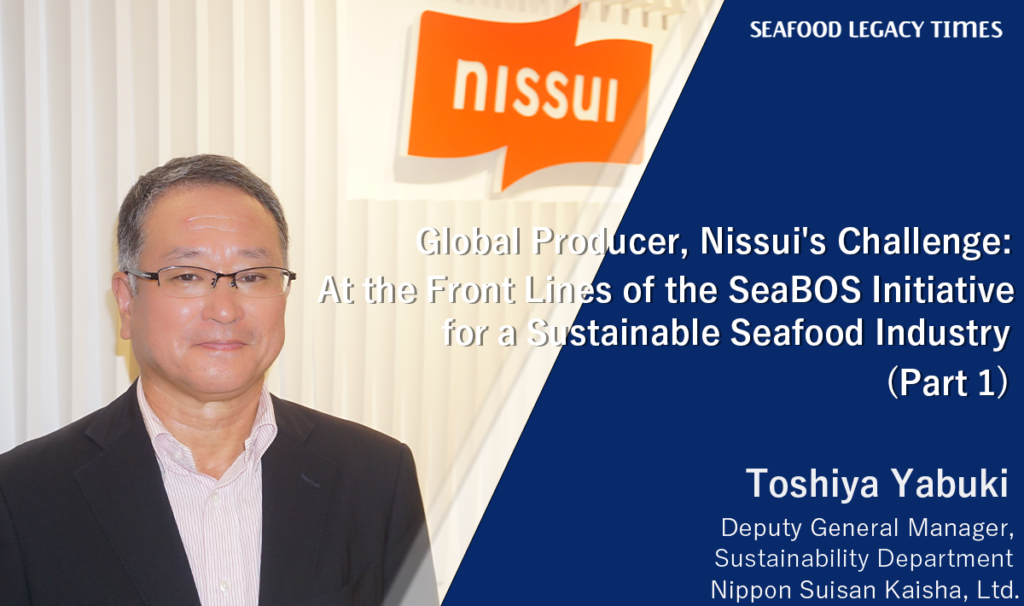
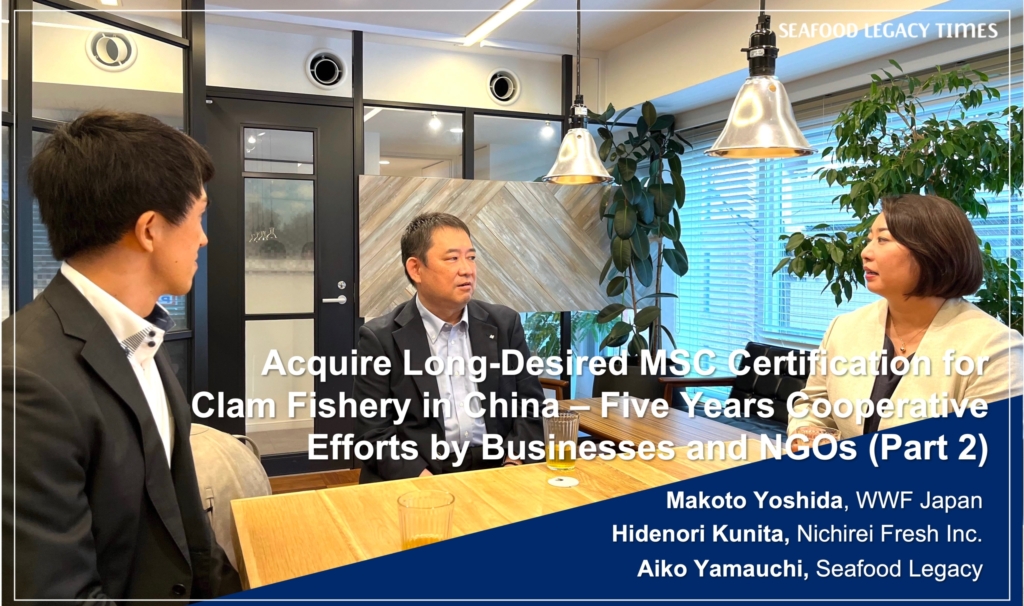
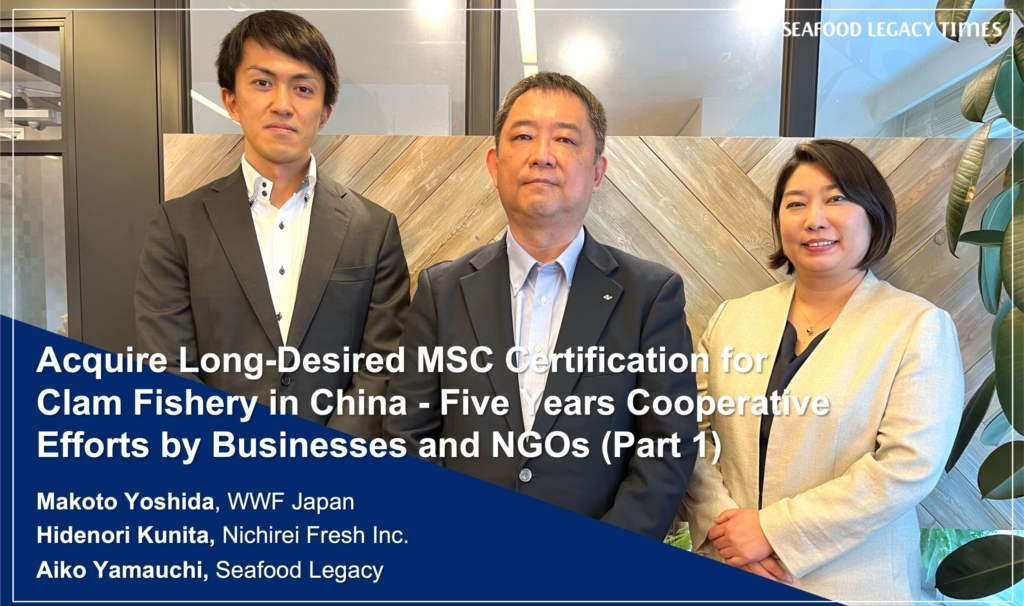






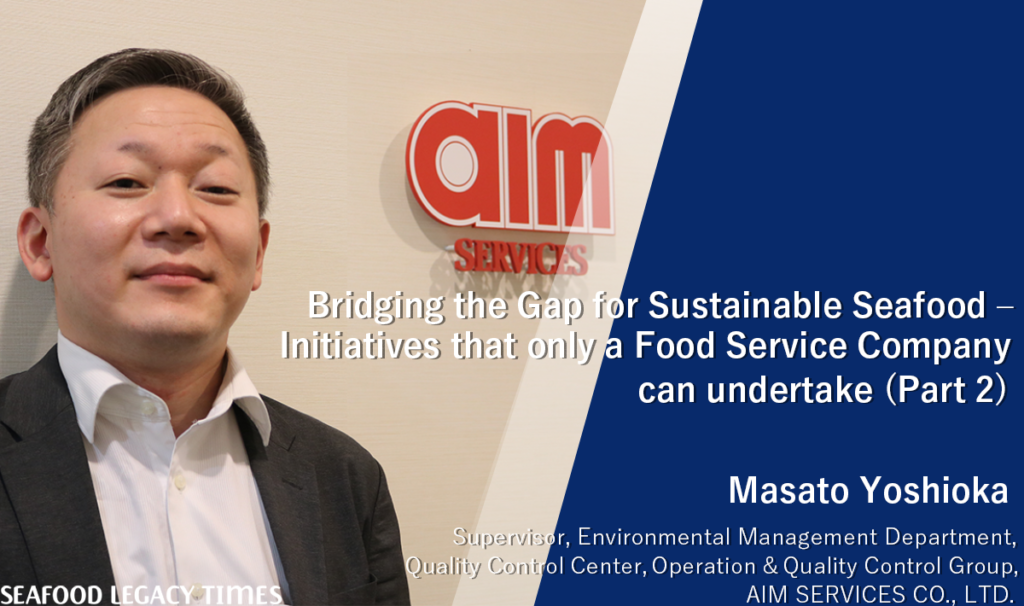
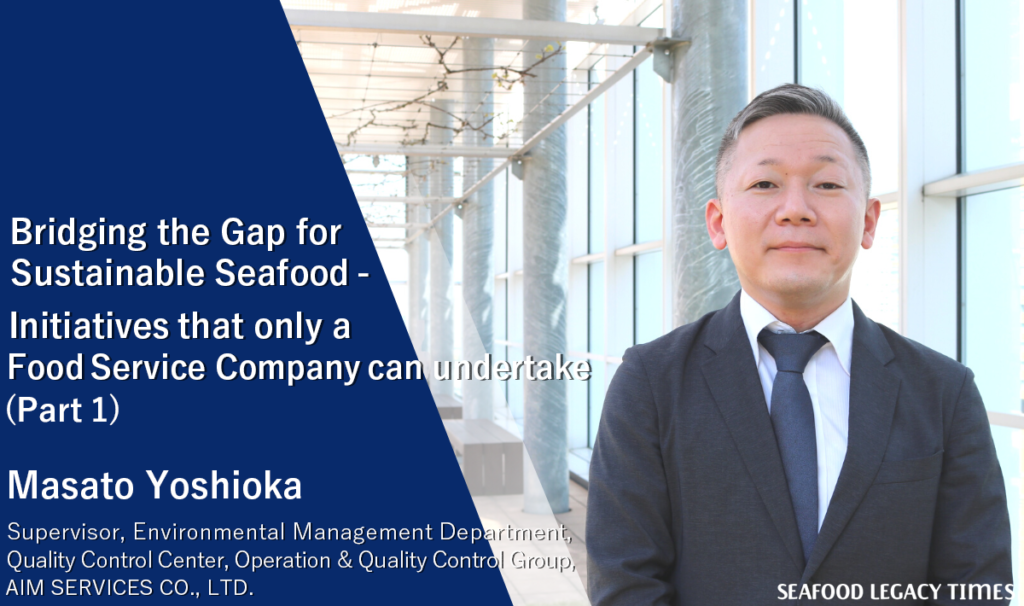
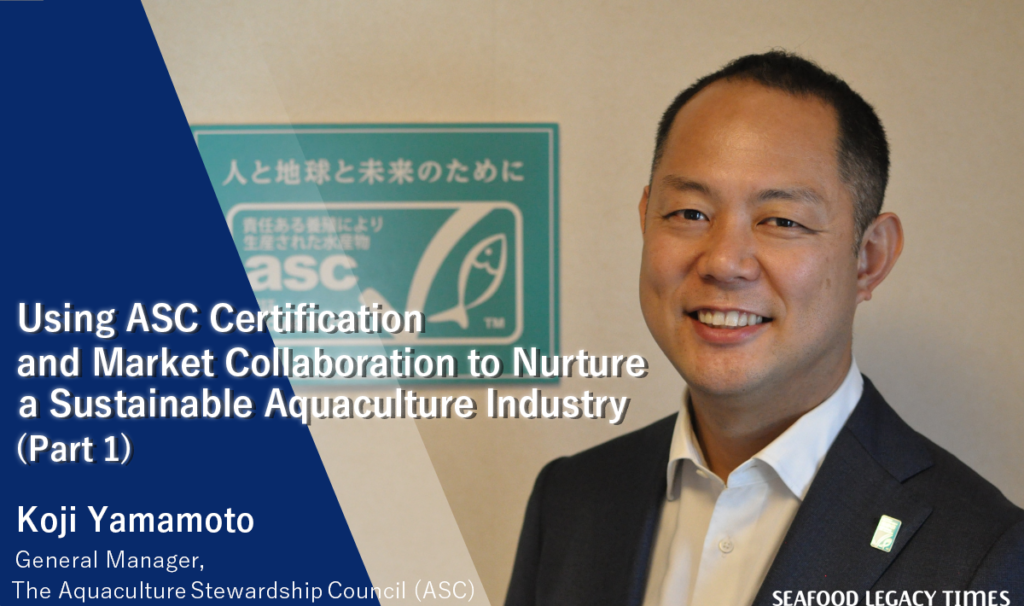
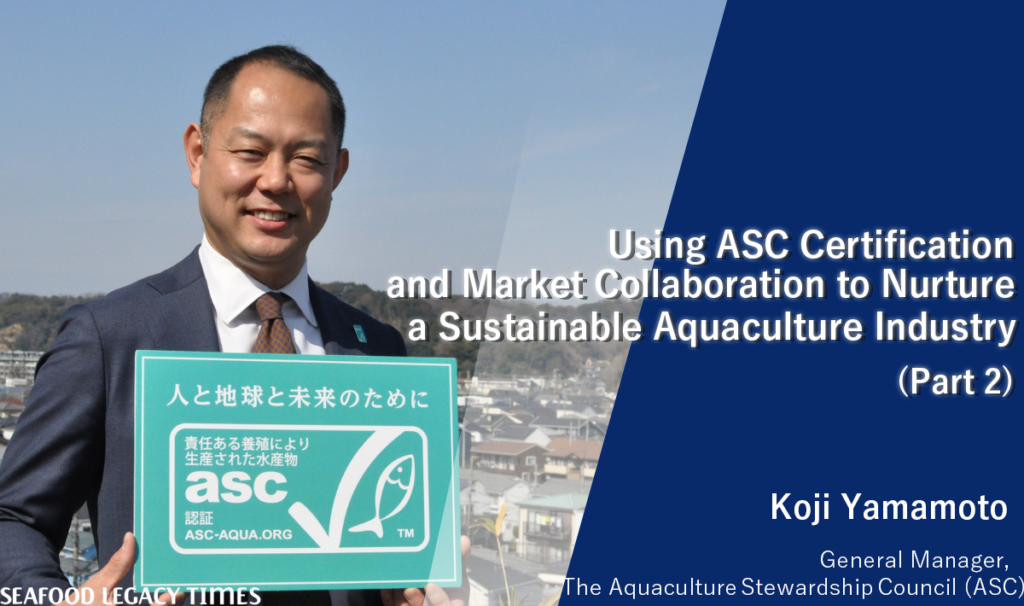
2-1024x606.png)
-1-1024x606.png)
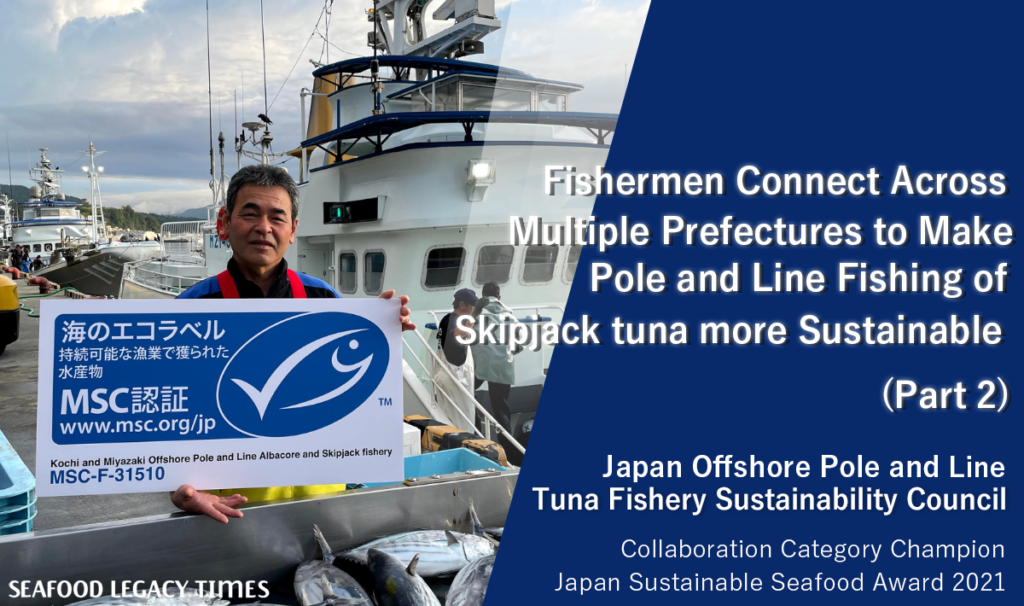
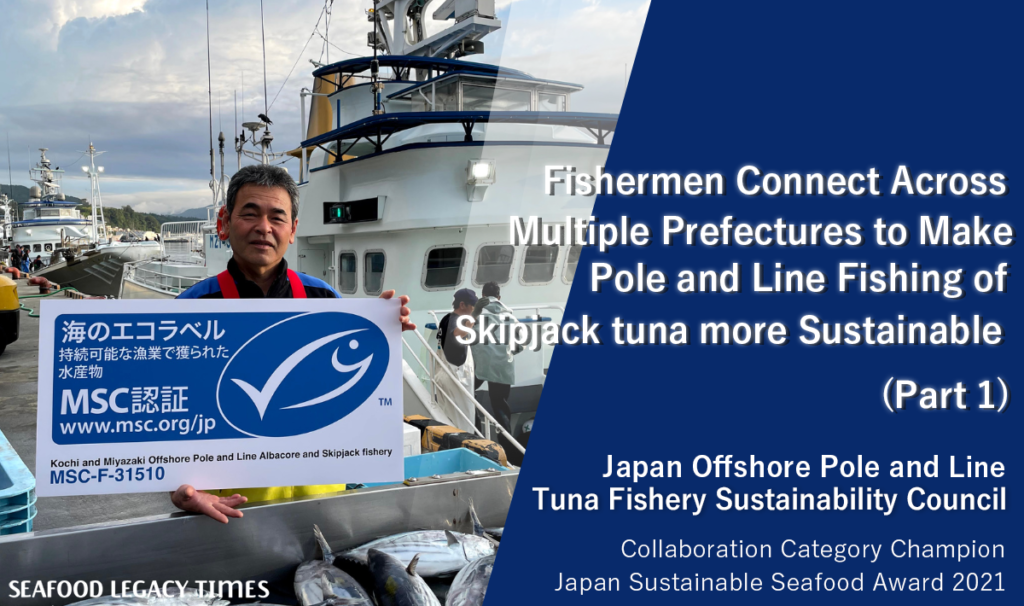
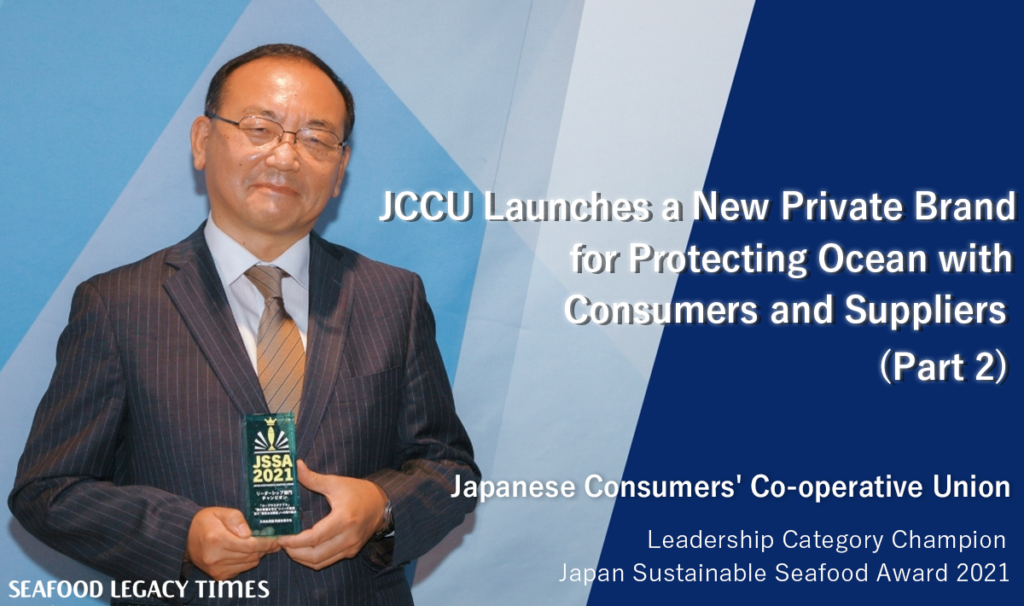
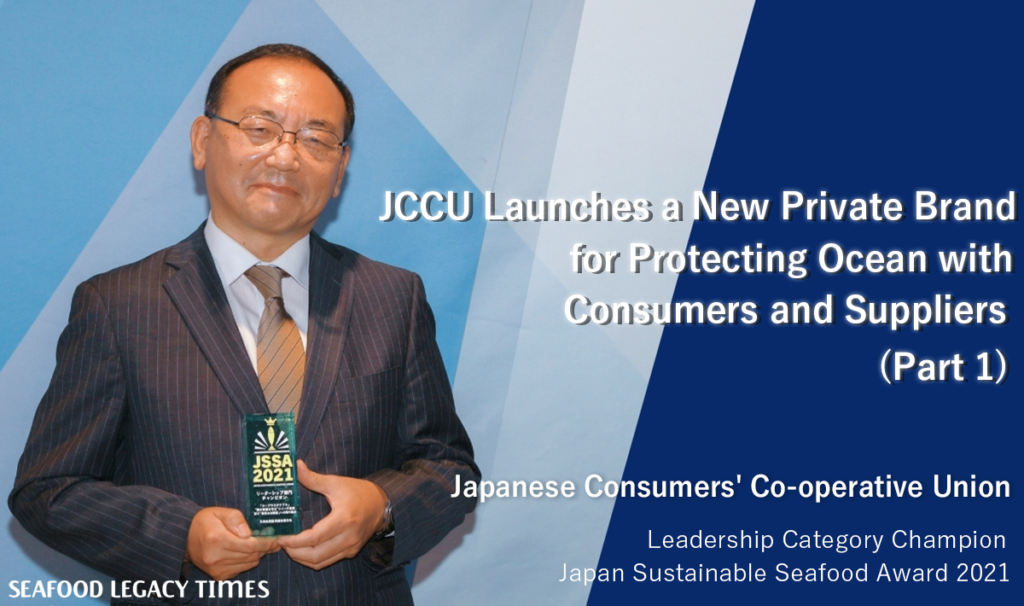
Part2-1024x606.png)
Part1-1024x606.png)
